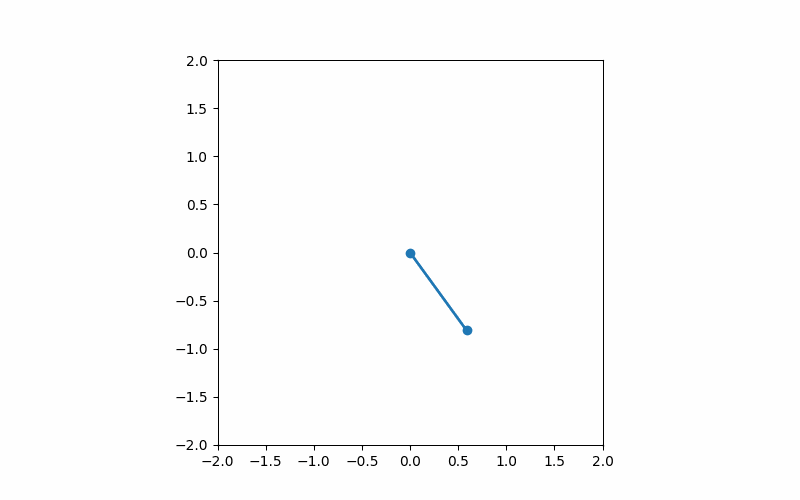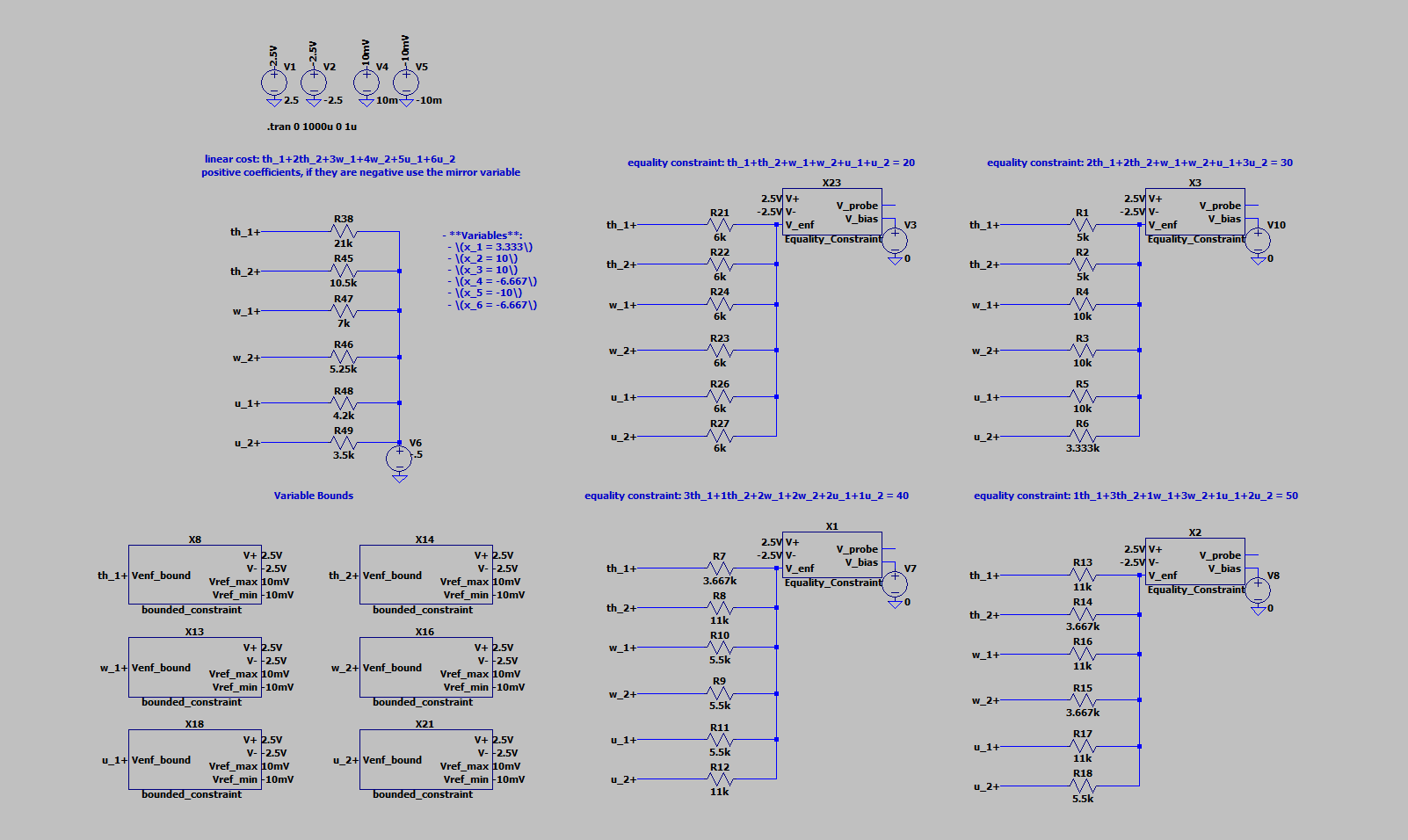Personal tasks of this week:
Task: Tuning the SLP parameters
Definition: The SLP solver includes multiple tunable parameters, including the bounds for the constraints and the time discretization. The damping coefficient is another variable that is adjustable. Tuning these parameters will effect the performance of the solver.
Completion: Apart from affecting the performance of the solver, these parameters also affect the stability/reliability of the circuit. After testing with different numbers, we found that using the (-0.6, 0.6) as the bounds for the state and (-0.2, 0.2) as the bounds for the control input yielded good results.

Note that the pendulum takes multiple swings back and forth before being swung up due to a cost penalty on the control effort.
Next Steps:
Set up raspi and the drivers for communicating with the PCB.
Verification & Validation:
As the digital SLP solver is completed, we can now perform tests to gauge its robustness. Namely, we can run the test suite T2 as we defined in our report.
Run digital implementation 30 times and verify it solves the problem at least 90% of the time
We will run the test with three different starting positions to verify the correctness of the solver.
Overall progress assessment:
The SLP solver is mostly completed, moving on to configuring the raspi. On schedule.






